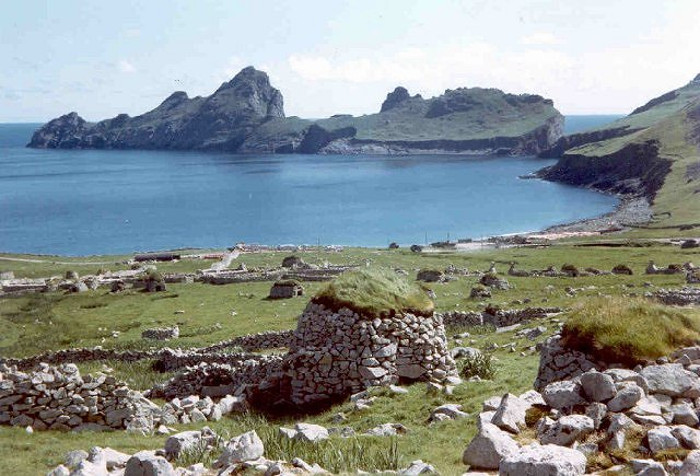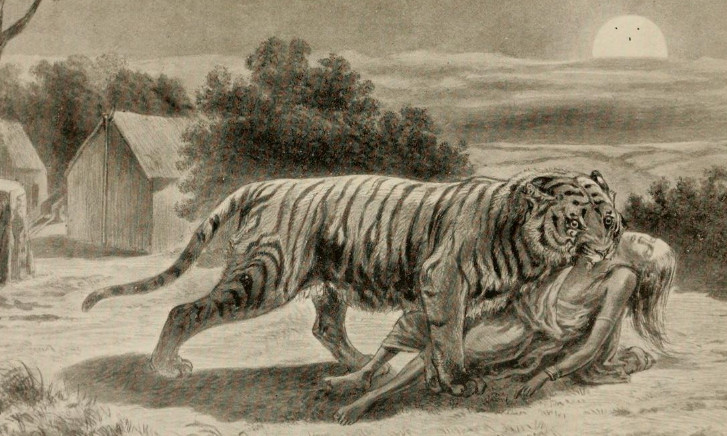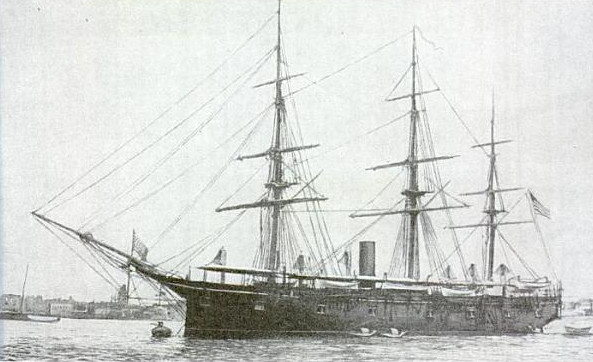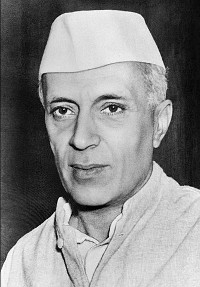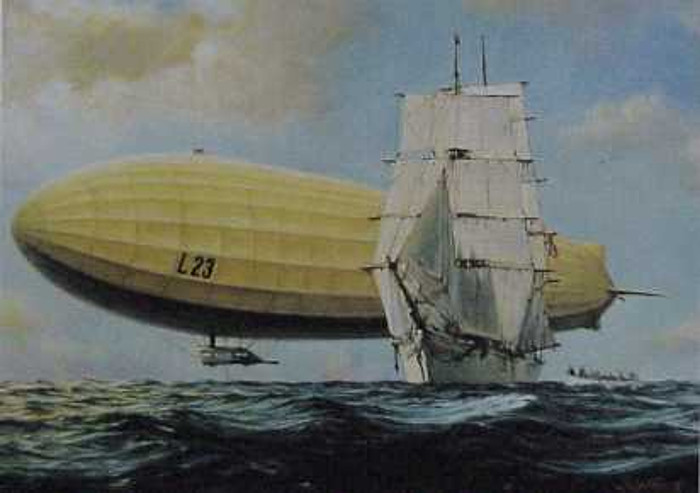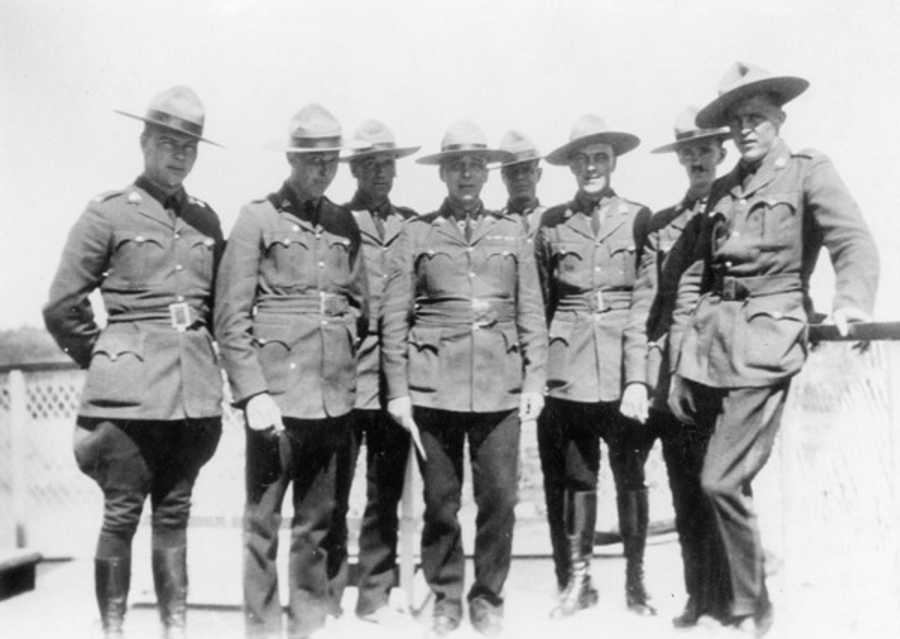A dry footnote from Walter Scott’s The Heart of Midlothian, regarding the Porteous Riots of 1736, in which a guard captain was lynched in Edinburgh:
The Magistrates were closely interrogated before the House of Peers, concerning the particulars of the Mob, and the patois in which these functionaries made their answers, sounded strange in the ears of the Southern nobles. The Duke of Newcastle having demanded to know with what kind of shot the guard which Porteous commanded had loaded their muskets, was answered naively, ‘Ow, just sic as ane shoots dukes and fools with.’ This reply was considered as a contempt of the House of Lords, and the Provost would have suffered accordingly, but that the Duke of Argyle explained, that the expression, properly rendered into English, meant ducks and waterfowl.
(Thanks, Fred.)

